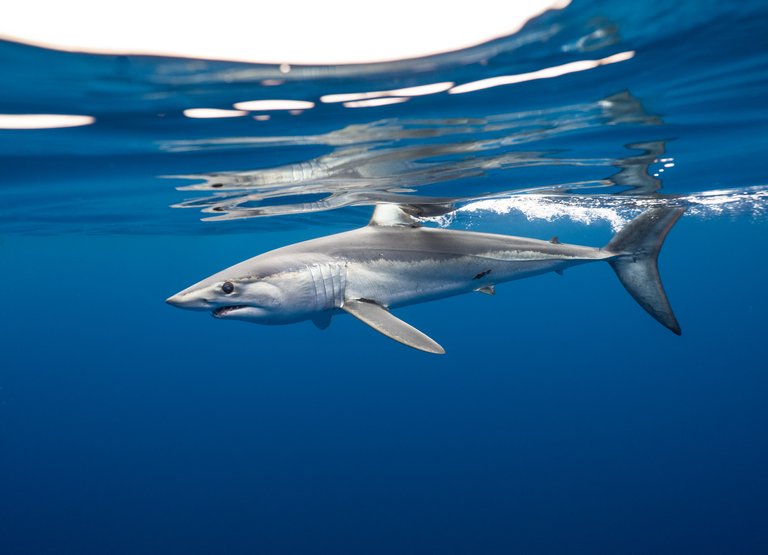AZTI starts monitoring extreme sharks to help their conservation

The sharks whipped, vulgar or also called dientuso (Isurus oxyrinchus) are in danger according to the red list of the International Union for the Conservation of Nature. Thus, AZTI has begun to monitor for information about its movements and behavior, contributing to its conservation. In fact, in addition to being a key element in ecosystems, it also has a fishing interest.
AZTI has been working since last year on monitoring a few sharks to avoid being surprised in the Gulf of Bizkaia. This year, for the first time, it has managed to dial a 1,4m long hammerhead shark with a 1,400-meter mark. This specimen has been named Amalur, with the objective of emphasizing the importance of the species in the balance of marine ecosystems.
In particular, two satellite marks have been provided for information on horizontal and vertical movements. It is now on its way south, leaving behind the island of Madeira (Portugal).
Information is also being gathered about the sharks previously marked, and so it is known that the blue shark remains virtually all year round in the Gulf of Bizkaia, and not only on the summer migration to Galician waters, as was thought at the beginning. In addition, they have found that the pit area is of particular interest to blue sharks.
The aim is to reduce the damage that fishing activity can cause from the knowledge of the behaviour and movements of species of moorium. Along with that, sharks want to change their image in society, because for many they are dangerous predators, and it is not known that they have an important ecological function and that they are in danger.
Buletina
Bidali zure helbide elektronikoa eta jaso asteroko buletina zure sarrera-ontzian











